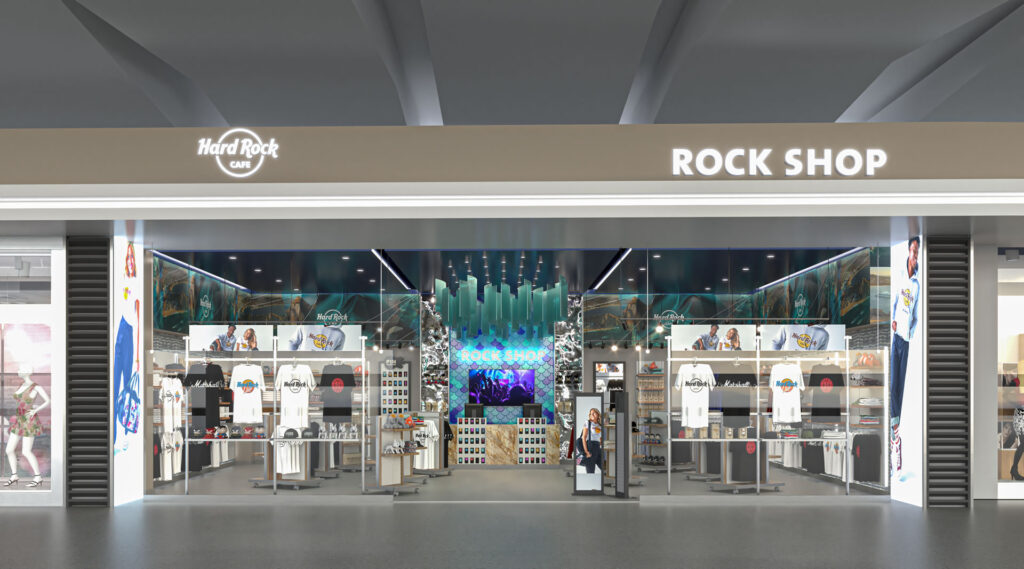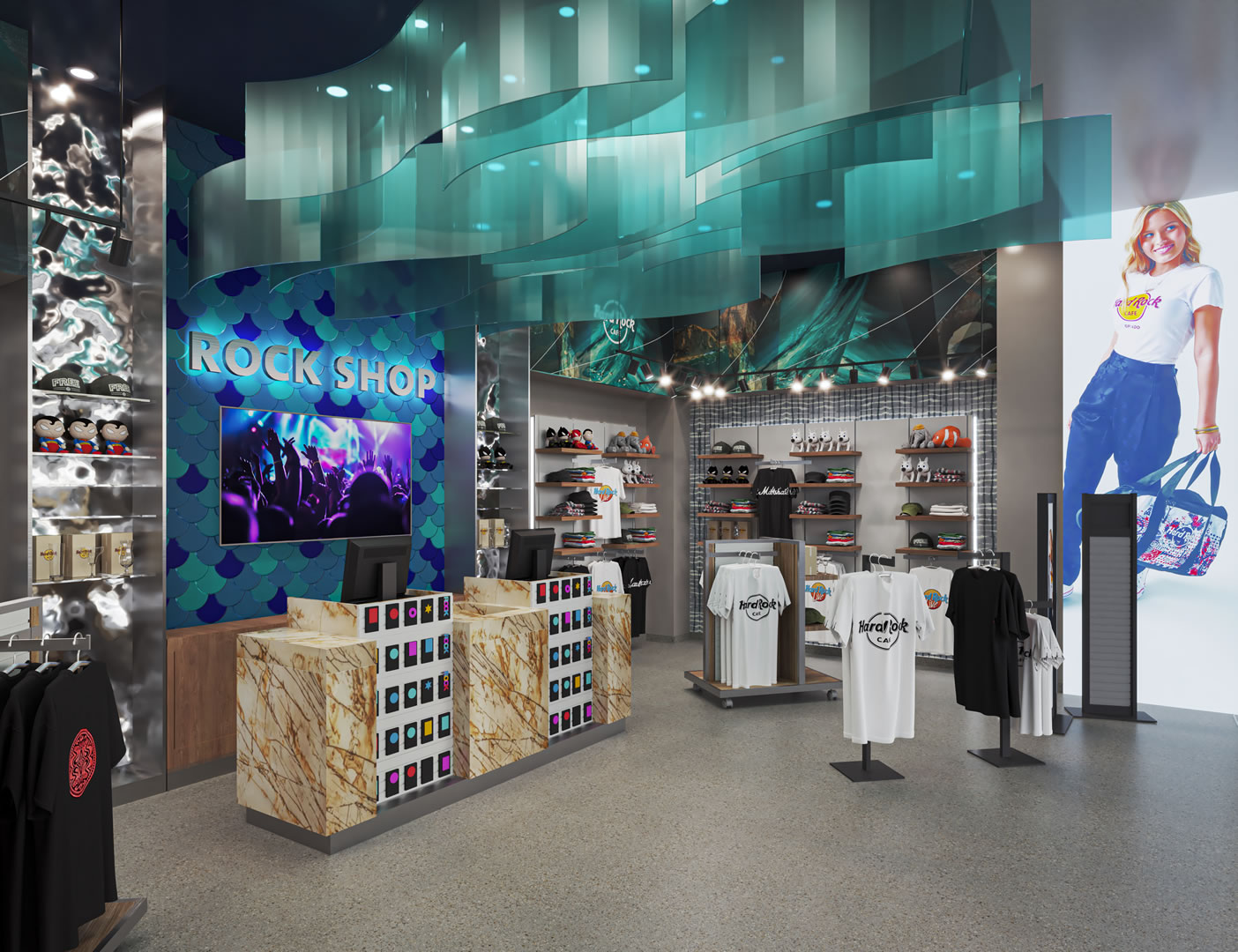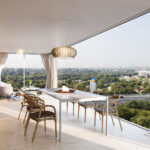In contemporary interior design, every surface matters. While for years the focus has been on floors, walls, and furniture, today the ceiling takes center stage. It’s no longer just about enclosing a space, but about doing so with style, innovation, and functionality. In this context, new-generation ceilings like stretched ceilings are revolutionizing the way we think about interiors.
A New Perspective on Ceilings
Ceilings have evolved from being neutral surfaces to becoming key design elements. Architects and designers now use them as creative canvases to play with light, texture, color, and form. This trend aligns perfectly with advanced construction systems that deliver flawless, highly customizable finishes.
One of the most innovative and in-demand solutions is the tensile ceiling system. Made from PVC or polyester membranes, these structures cover large surfaces quickly and cleanly, offering a smooth and modern aesthetic.

What Do Membrane Ceilings Bring to Interior Design?
Beyond their visual appeal, membrane ceilings provide a range of practical advantages that make them highly valuable in interior design. They are quick to install and don’t require invasive construction, making them ideal for both new builds and renovations.
They are also incredibly versatile: available in a variety of colors and finishes (matte, satin, glossy), and even customizable with printed graphics or backlighting effects. This makes them easy to adapt to any design style, from modern residential spaces to clinics, retail shops, or lounges.
Aesthetic and Practical Harmony
One of the main strengths of this type of ceiling is its ability to hide structural imperfections, wiring, or HVAC systems without compromising height. The result is a clean, uncluttered look that’s especially valued in minimalist and modern interiors.
There are also acoustic versions that improve sound quality in the space—ideal for open-plan offices, restaurants, or auditoriums where auditory comfort is key.

Integrated Lighting: A Design Bonus
Lighting and interior design go hand in hand. Stretched ceilings allow for the seamless integration of lighting systems, from concealed LED strips to fully backlit panels that simulate skylights or luminous canvases.
This opens up creative possibilities to evoke specific moods: calm in a bedroom, energy in a meeting room, drama in a retail corridor, or warmth in an event hall.
Sustainability and Durability
Another major advantage is the low maintenance and long lifespan of stretched ceilings. Made from durable, washable materials, they stay in excellent condition for years. Furthermore, their non-invasive installation process, which generates minimal waste, makes them a more eco-friendly option than many traditional ceiling systems.
In a time when sustainability is as crucial as aesthetics, choosing clean, reusable, and efficient solutions is a step in the right direction.
Practical Uses in All Kinds of Spaces
This type of tensile ceiling can be adapted to virtually any space:
-
Private homes: offering a modern, polished look.
-
Commercial spaces: enhancing brand identity and visual appeal.
-
Healthcare or educational centers: improving acoustics and hygiene.
-
Public venues: providing decorative solutions without heavy construction.
You can also play with ceiling volume by adding levels, curves, depth effects, or even faux skylights that enhance spatial perception.
A Design Element with Its Own Identity
In conclusion, stretched ceilings are a modern, elegant, and practical solution for those looking to renovate or design spaces with personality. Their ability to adapt to a wide range of needs—technical, acoustic, lighting, and aesthetic—makes them a powerful tool in contemporary interior design.
It’s no longer just about looking up: it’s about designing every surface with intention. And with solutions like these, even the ceiling can become the centerpiece of a stylish, well-thought-out interior.



